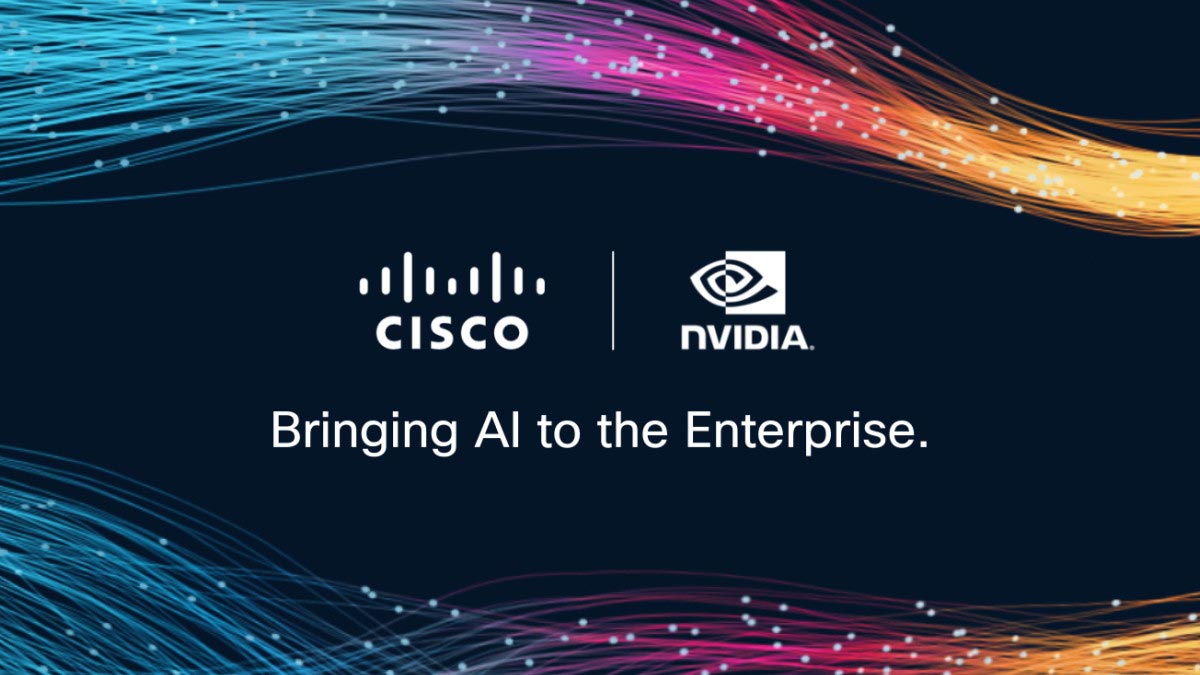- AI Accelerator: Growing Your Business & People
- Posts
- The Human Edge in AI Transformation
The Human Edge in AI Transformation
Navigating the Innovation Economy with Strategic Partnerships and Inclusive Leadership
"The knowledge economy is on the way out, and a new economy is on the way for us humans at work. I'm calling it the innovation economy."
Simple Summary: LinkedIn's Chief Economic Opportunity Officer Aneesh Raman suggests we're transitioning from a knowledge economy to an "innovation economy" as AI disrupts global workforces. This shift requires workers to develop uniquely human skills like creativity, curiosity, courage, compassion, and communication—dubbed "the 5 Cs"—that underpin innovation. According to LinkedIn data, nearly 90% of C-suite executives worldwide (94% in Asia-Pacific) consider AI adoption a top priority in 2025, emphasizing the urgent need for workers to adapt by learning AI tools while strengthening their distinctly human capabilities.
Leadership Takeaway: The rise of the innovation economy demands leaders prioritize developing and rewarding the "5 Cs" within their teams while embracing AI as a democratizing force for innovation. Rather than viewing AI solely as a productivity tool, reframe it as an equalizer that can amplify hidden talent and untapped potential throughout your organization. How will you restructure your team's development pathways to emphasize these uniquely human skills alongside technical AI proficiency?
Simple Summary: Cisco and NVIDIA have announced an expanded partnership aimed at accelerating AI adoption in enterprises by creating a unified architecture for AI-ready data center networks. The collaboration will integrate Cisco Silicon One into NVIDIA's Spectrum-X Ethernet networking platform, making Cisco the only partner silicon supported in NVIDIA's architecture. This strategic alliance will enable organizations to standardize on both companies' technologies under a single management fabric, with planned product availability beginning mid-2025. The partnership addresses a critical challenge for enterprises that recognize AI's importance but struggle with the technical complexity and security demands of operating AI-ready infrastructure.
Leadership Takeaway: This alliance demonstrates the power of strategic partnerships to address complex technical challenges that no single organization can solve alone. Leaders should evaluate their company's capability gaps and identify complementary partners who bring specialized expertise rather than attempting to build all AI infrastructure components in-house. Consider mapping your organization's AI readiness across infrastructure, talent, and data domains, then pursue targeted partnerships to accelerate implementation in weak areas. How might forming the right strategic alliances help your organization overcome technical barriers to AI adoption while maintaining focus on your core business strengths?
Leadership Takeaway: The research highlights a critical blind spot in AI implementation strategies: companies are overlooking the combination of domain expertise and AI adaptability that many older workers possess. Rather than assuming younger employees will better adapt to AI, create a deliberate intergenerational approach by identifying your current AI "power users" across all age groups and establishing formal mentorship programs where these employees can share their insights. Consider conducting an anonymous survey to identify which employees have already embraced AI tools in their work, then leverage their experience to develop use cases specifically tailored to your organization's challenges. How might your AI adoption strategy change if you viewed institutional knowledge as an accelerator rather than an obstacle to technological transformation?
Leadership Lens: Shantanu Narayen, Chairman and CEO of Adobe
Under Narayen's leadership, Adobe has successfully transitioned from a traditional software vendor to a cloud-based subscription powerhouse, revolutionizing the creative industry while achieving record growth and expanding into digital experience and marketing technology.
Leadership Story: When Narayen pushed Adobe's beloved products to a subscription model in 2012, customers revolted and analysts predicted doom. Undeterred, he personally won over skeptical enterprise clients while rallying his team around a controversial vision that would ultimately triple Adobe's revenue. His courage to face fierce opposition transformed not just Adobe but the entire software industry.
His boldest move? Narayen stunned the market with his $20 billion acquisition of Figma in 2022—50 times its annual revenue—causing Adobe's stock to plummet 17% overnight. Wall Street called it reckless, but Narayen saw what others missed: the collaborative design platform that threatened Adobe's future could instead secure its dominance. This high-stakes chess move neutralized a growing competitor while positioning Adobe at the center of design's collaborative future.
Actionable Leadership Lesson: Disrupt yourself before others do it for you. This week, identify your most profitable product or service and assemble a small team with this challenge: "If we had to replace this revenue stream in three years, what would we build today?" Their answers might reveal your next breakthrough opportunity—or the competitive threat you need to address before it's too late.
Leader's Library: Principles: Life and Work
Title: Principles: Life and Work Author: Ray Dalio Publication Year: 2017 Page Count: 592 "Principles is the book I wish I had as a young entrepreneur. Ray Dalio has created the strongest culture I've ever seen in business." — Jamie Dimon, CEO of JPMorgan Chase |  |
"Truth—more precisely, an accurate understanding of reality—is the essential foundation for producing good outcomes."
Leadership Takeaways
Create a Culture of Radical Transparency – Build an environment where honest feedback is not just allowed but expected, even when it's uncomfortable. This helps surface problems quickly and leads to better decision-making.
Embrace Thoughtful Disagreement – Seek out people who will challenge your thinking. The best decisions emerge when smart people who care about the outcome examine problems from different angles.
Systematize Decision-Making – Convert your best decisions into principles that can be clearly explained, shared, and refined over time. This creates a decision-making system that improves with each challenge.
Today's Leadership Question
What one human-centered skill will you intentionally develop in your team this month to complement your AI strategy? Share your approach by replying to this email — I read every response.
"The real competitive advantage in any business is one word only, which is 'people'."



